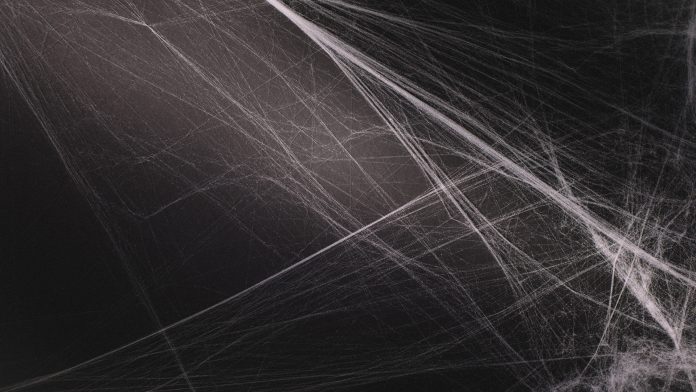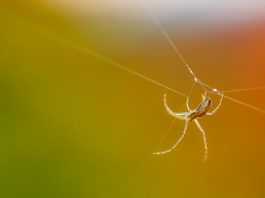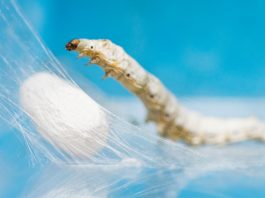An innovative research team, based at the University of Manchester, have successfully created a biodegradable glue from synthetic spider silk.
In a recent paper published in the journal Materials Today Bio, the Manchester-based team outline how their homemade synthetic spider silk glue works as well as commercially available adhesives without being harmful to the environment. The team made the glue by stimulating bacteria to produce spider silk in addition to their normal proteins. The bacteria could then be fed sugar and nutrients to produce the spider silk glue through fermentation.
The spider silk glue works well at sticking glass together, possessing an initial adhesive strength rating of 6.28MPa (Megapascals). Dr Aled Roberts from the Manchester Institute of Biotechnology who led the research said: “We found evidence that the mechanism of adhesion was due to unfolding of the protein and reorganisation into a dense hydrogen-bonded structure rich in what are known as ‘β-sheets’.
“This was interesting because natural spider silk has been shown to undergo a similar transformation into a β-sheet rich structure as spiders spin their silk – and is understood to be what makes spider silk so strong and tough. Kevlar® also gets its strength from a densely hydrogen-bonded network.”
Why adhesive innovation is necessary
Collagen (from animal hooves and skin) and casein (from dairy) are both used to create glues. However, many people are looking to reduce their dependency on animal products for environmental and ethical reasons. One alternative to animal based glues is chemically synthesised from crude oil, which can have a negative impact on the environment.
This new alternative is not only biodegradable but can be produced without the use of animal products. The synthetic spider silk glue also improves upon the adhesion properties of traditional glues. “We found evidence that the mechanism of adhesion was due to unfolding of the protein and reorganisation into a dense hydrogen-bonded structure rich in what are known as ‘β-sheets’. This was interesting because natural spider silk has been shown to undergo a similar transformation into a β-sheet rich structure as spiders spin their silk – and is understood to be what makes spider silk so strong and tough,” said Dr Roberts.










This is a good tip particularly to those fresh to the blogosphere.
Simple but very accurate information… Many thanks for sharing this one.
A must read post!